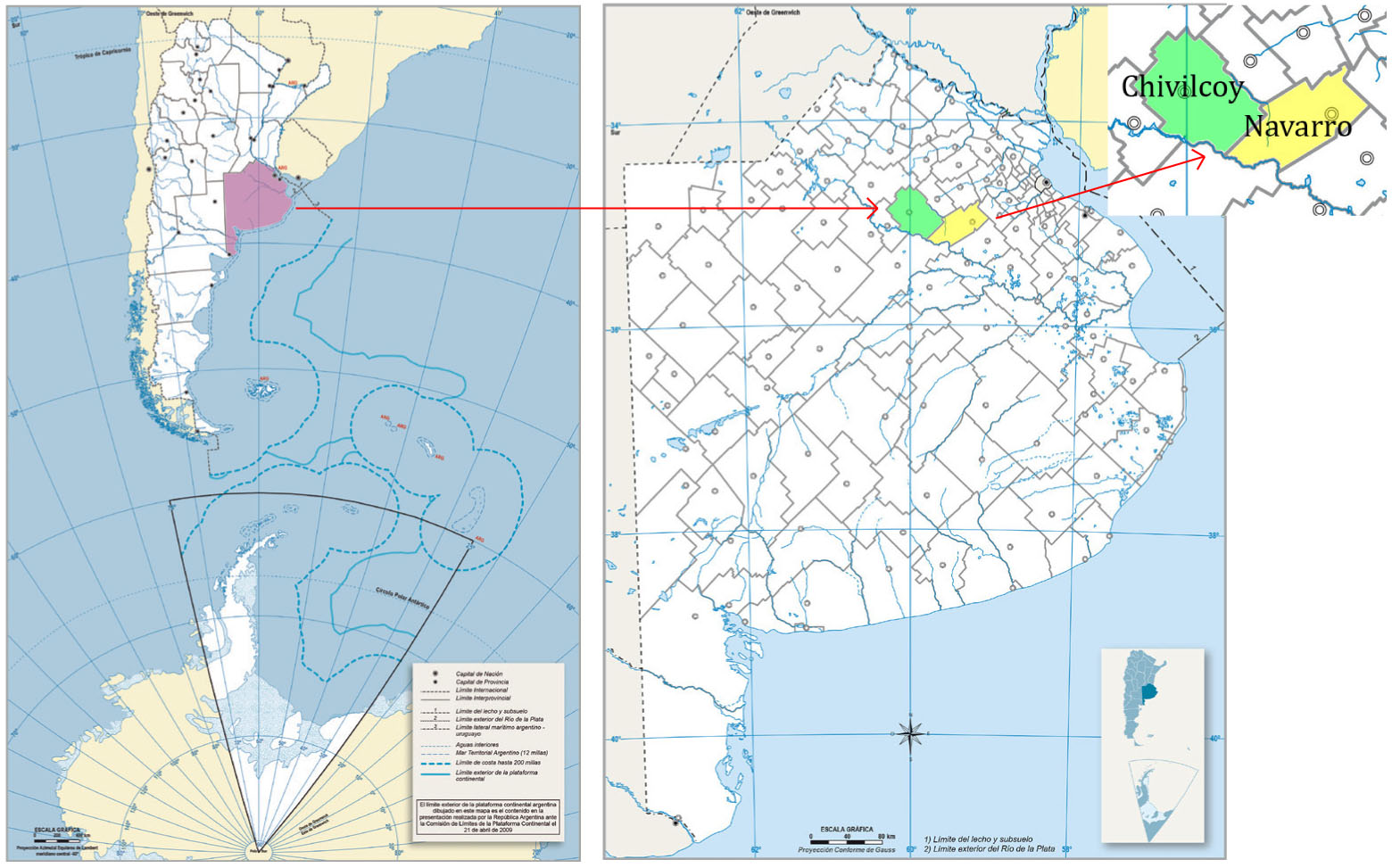Change of collembolan (Hexapoda: Collembola) community structure related to anthropic soil disturbance
Keywords:
soil use intensity, collembolans, anthropic impactAbstract
In order to evaluate the effects of the anthropic impact on the structure of de soil collembolan community, three different soil uses were researched: agricultural fields (AG) with 50 years of continuous farming, pastures entering the agricultural cycle (CG), and naturalized grasslands (NG). The study was carried out in fields of Chivilcoy (34º 53’49 S, 60º01’09 W, elev, 60m) and Navarro (34º51’30 S, 59º12’25 W, elev. 43m), Buenos Aires Province, Argentina. For each of the three uses, three fields were selected as replicates, with three soil samples per replicate and sample date (10) for a total of 216 samples analyzed. Collembolans (Hexapoda: Collembola) were extracted and identified to family level. Five families were found: Hypogastruridae, Onychiuridae, Isotomidae, Entomobryidae, and Katiannidae. Soils were also characterized by means of physical and chemical analyses. The index of degree of change of collembolan diversity was calculated with the biological data. The results show that the biological index of degree of change can detect soil use effects on the collembolan community. Somewhat surprisingly, the index showed that the diversity of collembolans was higher in the high anthropic impact site AG, followed by CG and lowest in NG. The results also show that collembolan families respond differently to soil use. The families Hypogastruridae, Onychiuridae, and Isotomidae presented differences between systems. Therefore, collembolan community structure can be a useful tool to assess agricultural practices´ impacts on soil.
Downloads

Downloads
Published
How to Cite
Issue
Section
License
Aquellos autores/as que tengan publicaciones con esta revista, aceptan las Políticas Editoriales.










.jpg)




